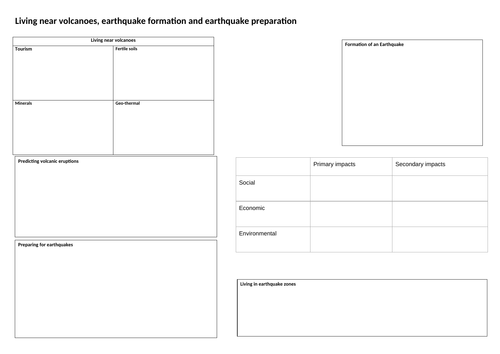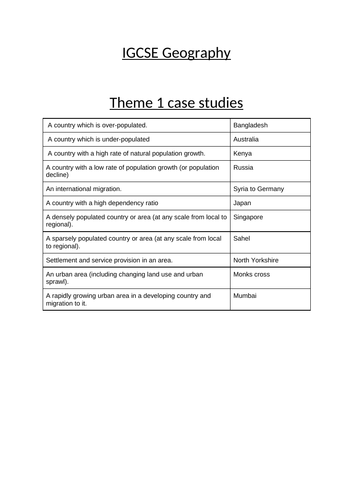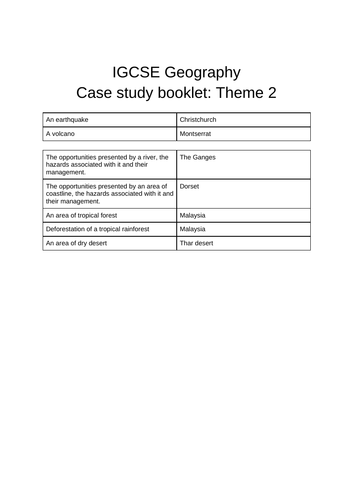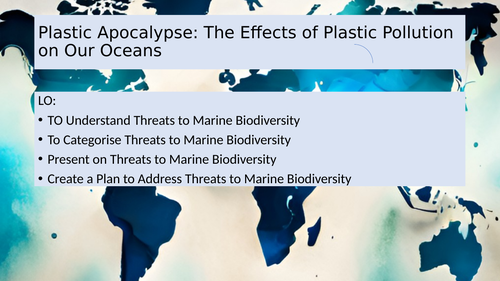Miss Smith's Geography Shop
Head of Humanities with 10 years of experience teacher Geography + additional subjects in the UK and Internationally. GCSE/IGCSE/MYP/IBPS Additionallal subjest: 3 years Business Studies 3 years Computer Science 3 years Gobal Perspectives




















